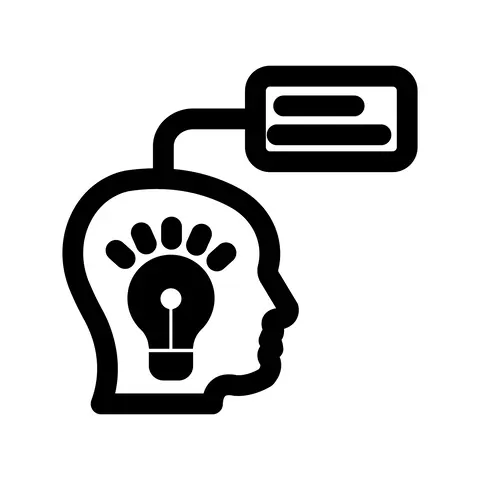
Decision-making systems

Decision making systems
Following the lead of Nobel Prize winner, Daniel Kahneman, behavioural theorists often use the two systems model to explain how decisions are routinely made.
System 1
System 1 is automatic and uses short-cuts to make quick decisions, often based on common sense estimates and emotional reactions to choice.
System 2
System 2 is a more deliberate decision making process, using conscious thinking an reflection. System 2 is much slower than System 1, and hence, in situations where a quick decision is required, System 1 is often the dominant system. While System 1 is often more convenient, it is subject to biases and errors which can lead to irrational decision making. System 2 is, however, more easily manipulated – perhaps towards decision making that is harmful to individual consumers, and to third parties.


